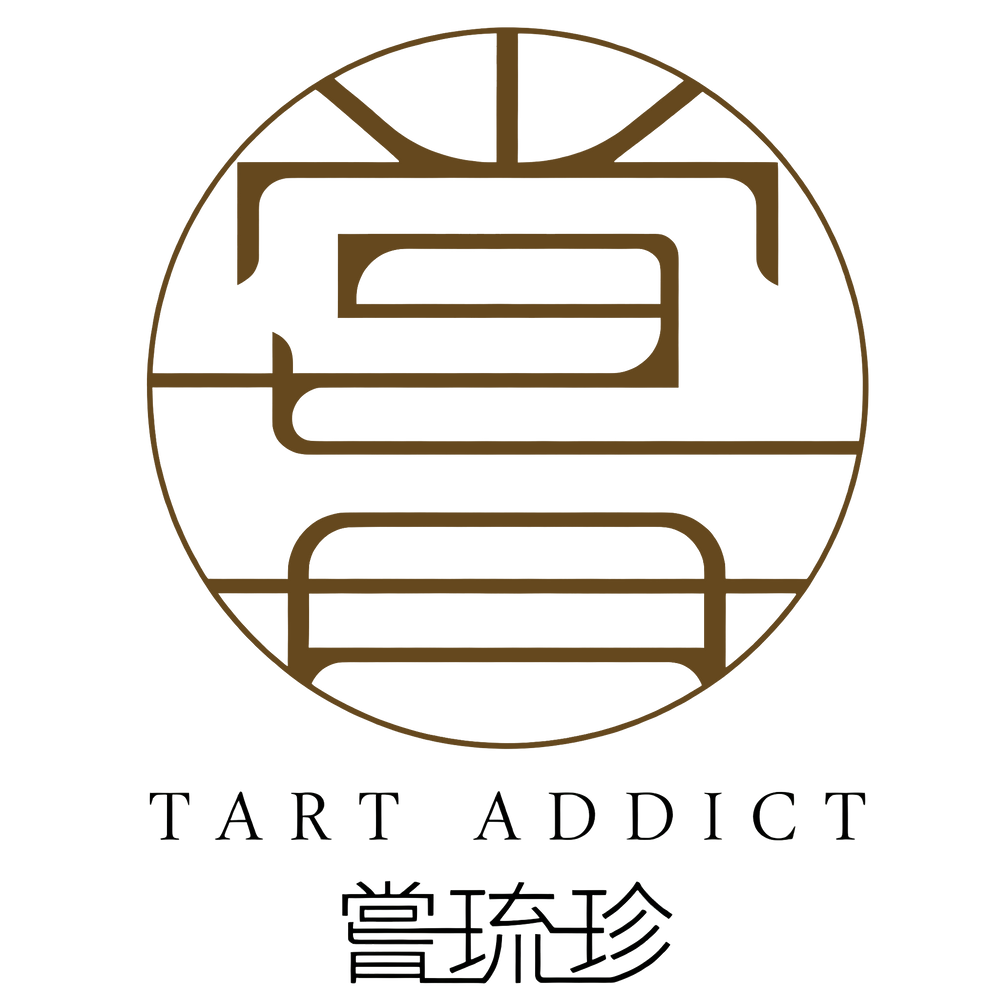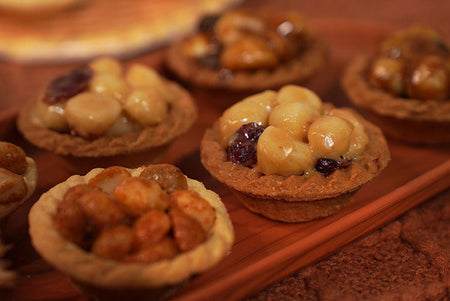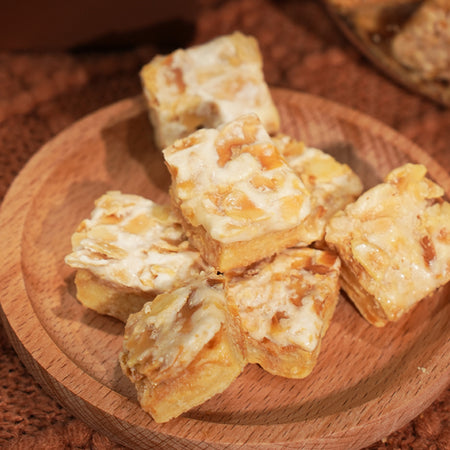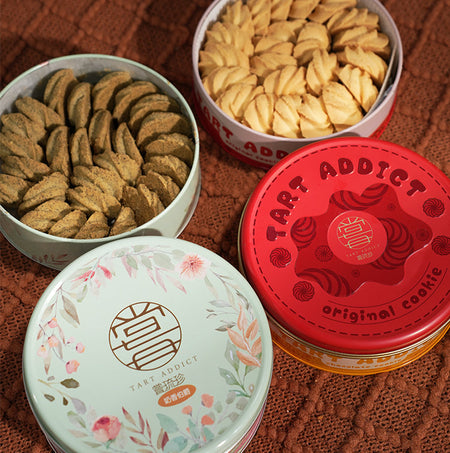Discover the Legacy of Handmade Almond Cake Macau: A Timeless Treat for Those 50-70
October 11, 2025
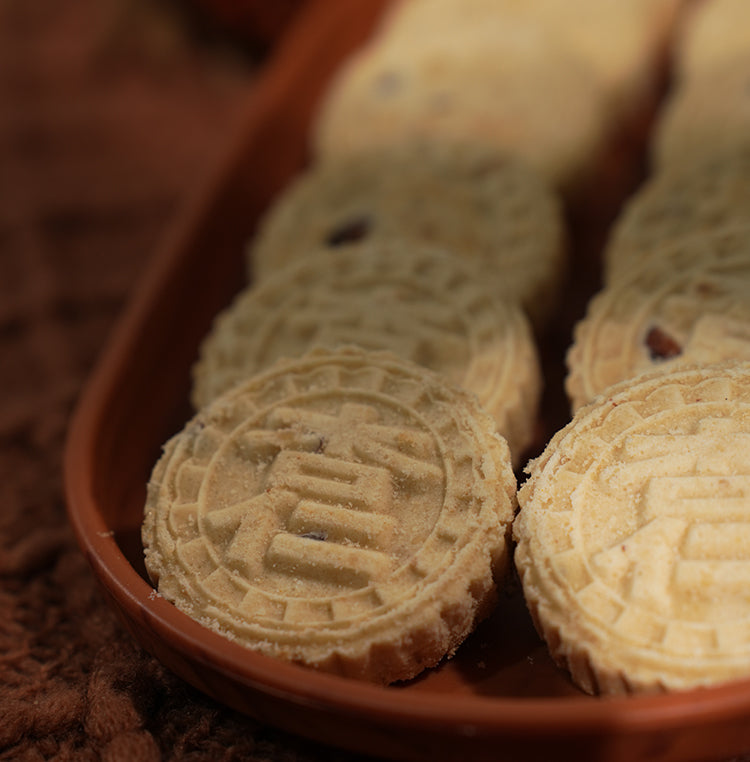
Handmade almond cake from Macau, known as 杏仁餅, is more than just a sweet delight. It’s a treasured part of Macau’s rich cultural legacy—a delicacy that bridges generations, especially cherished by those aged 50 to 70. Let’s explore why this time-honored treat remains so special and the stories it carries.
The Roots of 杏仁餅 in Macau
Originating from the unique blend of East and West that defines Macau, 杏仁餅 has a heritage that goes back over a hundred years. This cake first appeared as a handmade snack, intricately tied to daily life and family gatherings. Macau’s location as a trading port fostered the arrival of almonds with Portuguese settlers, blending local Chinese recipes with new ingredients.
- The first bakers made almond cakes by hand using simple wooden moulds.
- Almonds and mung bean flour became signature elements, shaping a distinctive crumbly texture and nutty aroma.
- Macau families would share 杏仁餅 at tea time, during festive occasions, and as thoughtful gifts.
If you’ve tasted authentic Macau almond cake, you likely remember its gentle sweetness and how it melts delicately in the mouth. It’s a simple pleasure, but steeped in generations of craftsmanship.
Time-Honored Craft: Handmade Techniques Unveiled
Modern snacks often rely on machines, but the finest 杏仁餅 is shaped and baked by hand, preserving unique textures and flavors. The process today closely resembles how it was in the 20th century when many readers were children or young adults.
The Secret of Traditional Moulds
Skilled hands press a fine mixture of mung bean flour, sugar, chopped roasted almonds, and lard or vegetable oil into wooden moulds. These moulds sometimes feature timeworn motifs—symbols of luck or longevity—that mark each cake with history and meaning.
- Each piece is unmoulded with gentle taps, keeping the structure crumbly yet cohesive.
- Variations in pressure or technique make every handmade cake unique, a far cry from uniform, machine-made alternatives.
Baking and the Aroma of Memories
After shaping, cakes are baked until they reach a pale golden hue. As they cool, an irresistible aroma fills the air—nutty, toasted, and gently sweet. Many in their 50s to 70s recall waiting in line for warm 杏仁餅 at family-run bakeries, savoring both the taste and a feeling of home.
Almond Cake Macau: Cultural Symbolism and Nostalgia
For those who have grown up with Macau’s traditions, 杏仁餅 is more than food—it’s woven into personal and community identity.
- It’s a must-have gift for Chinese New Year, symbolizing sweetness for the year ahead.
- Almond cake is exchanged during visits to elders to express respect and wishing them good fortune.
- Many recall learning to make the cakes as children, guided by grandparents who shared family recipes and bakery stories.
In Macau’s busy streets, the sight of a slow-baking tray of 杏仁餅 triggers deep nostalgia—calling forth childhood, youth, or even distant relatives now gone.
Healthier Indulgence, Thoughtful Ingredients
Today, many seek snacks that respect tradition but pay attention to health. Fortunately, classic Macau almond cakes align well with this value:
- 杏仁餅 generally uses fewer artificial additives compared to mass-produced pastries.
- The use of plant-based oil or lard is optional, accommodating dietary preferences.
- Almonds provide vitamin E, healthy fats, and a richer nutty flavor.
- Mung bean flour is lighter and digested more gently than wheat flour.
For older adults, this treat offers a way to enjoy sweets in moderation without excessive sugar or processed ingredients—a mindful approach to enjoying historic flavors.
Rediscover Family Memories and Connections
Handmade almond cake serves as a bridge across the years. For readers in the 50-70 age group, sharing 杏仁餅 can spark conversations about holidays past, family gatherings, or even favorite bakeries visited decades ago.
Consider these benefits:
- Sharing a box evokes stories from childhood, deepening bonds with younger family members.
- Offering homemade or carefully selected almond cake cultivates appreciation for roots and heritage.
- Generational sharing—grandparents guiding grandchildren to shape and bake almond cake—carries family tradition forward.
Bringing 杏仁餅 into family occasions blends nostalgia with celebration, honoring the essence of Macau’s warmth and hospitality.
Sourcing Authentic 杏仁餅 in Macau
Knowing where to find genuine almond cake is key. The best杏仁餅:
- Is handmade, not mass-produced, with uneven but charming appearances.
- Comes wrapped in simple paper packaging with visible almonds.
- Smells fresh, not over-sweet, with a slightly toasty scent.
- Sometimes offers less sugar or added creative flavors—like matcha or black sesame—while honoring the original recipe.
Many of Macau’s most beloved bakeries remain family-run, often sharing stories about their traditional recipes and passing techniques through generations.
Bringing Macau Almond Cake Home
If you visit Macau or have loved ones living there, ask for recommendations for the best bakeries. Bringing back 杏仁餅 preserves a piece of Macau’s culinary culture and makes for a heartfelt gift for friends and family.
Some bakeries now offer quality almond cake for purchase by mail, allowing you to enjoy the flavors of Macau wherever life has taken you. Just be certain you’re choosing authentic, traditional producers.
Making Your Own Almond Cake Macau: A Simple Home Recipe
For enthusiastic home bakers, crafting almond cake is a meaningful project—tying together treasured flavors and family connection.
Here’s a simple approach:
- Ingredients: mung bean flour, roasted chopped almonds, granulated sugar, lard or neutral oil, and a touch of water.
- Method: Mix the flour, sugar, and almonds, gradually add oil to reach a crumbly but moist texture, then press into moulds. Bake at low heat until lightly golden.
- Tips: Invest in classic wooden moulds, and encourage family participation, making each batch a celebration in itself.
Baking 杏仁餅 at home is both an act of remembrance and a step toward passing tradition on to future generations.
Embracing the Legacy in Changing Times
Life moves rapidly, but the soulful simplicity of Macau’s almond cake remains relevant. For anyone aged 50 to 70, it represents:
- A bridge to one’s own roots and youthful memories.
- A source of pride in the city’s multicultural culinary achievements.
- A shared ritual, cherished at home or among friends.
Whether you enjoy almond cake alongside a cup of tea, gift it during festive seasons, or make it from scratch with family, you’re part of a living legacy. This timeless pleasure reminds us that sometimes the sweetest moments are those we remember—and recreate—together.
Conclusion
杏仁餅, Macau’s almond cake, is more than a snack—it’s a treasured symbol of cultural heritage, connection, and comfort for all ages. Rediscover its legacy and savor the simple pleasure it brings, sharing tradition with those you love.
